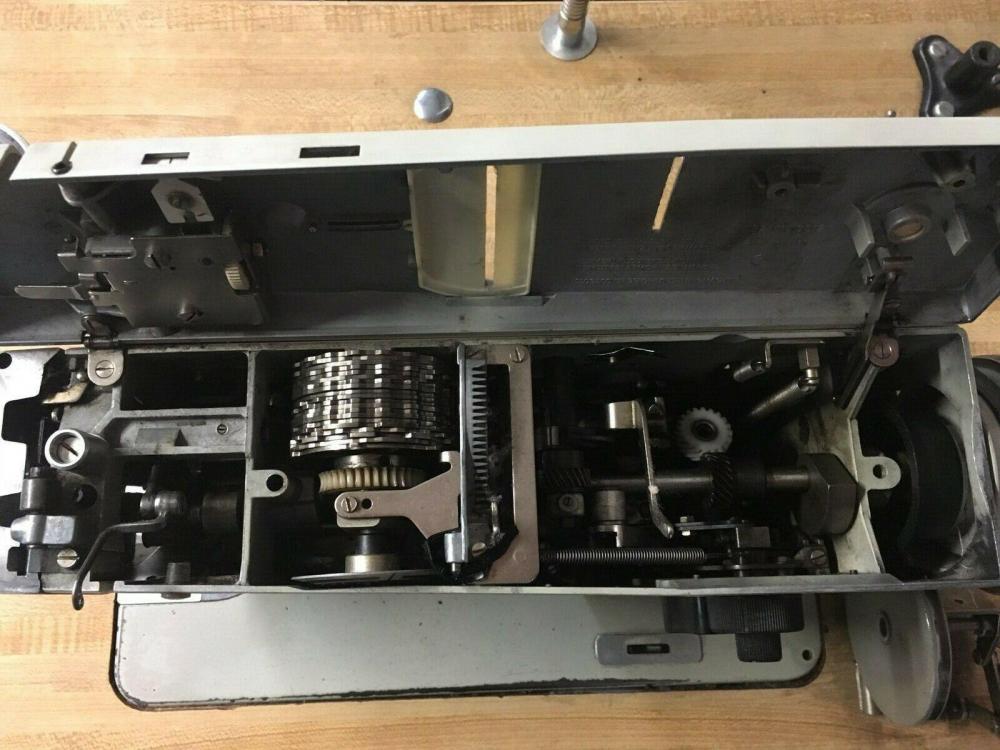
nylonRigging
-
Posts
477 -
Joined
-
Last visited
Content Type
Profiles
Forums
Events
Blogs
Gallery
Everything posted by nylonRigging
-
Hey that post on the overlock serger rally something I interested investing into , I do a LOT of tape seam binding .
I really looking for a ' alternative ' to ( inside seam bind ) of my articles . what can that Juki model you got do with the heavy den.cordura's ? .
could it sew ( 2-layers of 1-k den. ) with ( 2-layers of 200 den. lining ) ?
Does it do a nice clean trim look for Serge edge ? / is it double needle ?
thanks ....ray
- Show previous comments 2 more
-

See if you can try your product on a running machine. I sew with 69 thread too. I think 46 is the heaviest you want to use on a serger like this. If you are ever in Grants Pass you are welcome to experiment on my machine.
Yes, my son Johnny Noveske created Noveske Rifleworks. He actually started it in my 100 year old detached garage. It was always his business 100%. Tragically he was killed in an auto accident in 2013. The business is now run by his wife and his children are working there learning the business in his footsteps. I offer guidance whenever it is needed but they are doing a fantastic job on there own.
-

A side note, there is a nice looking Pfaff 1245 near Seattle on craigslist for $650. I'd buy it but it is too far away.
-
I will look that one up, once in a while you can get a good buy off the craiglist . I have bought 2 over the last 5 or 6 years of looking on it, but majority of people who sell sew machines on craiglist are in a alternate reality with price with there junk . but you can find good deals there, it just takes a lot of looking and time.
That guy over across the 205 bridge is a good guy for you to have/keep his contact in case you need a odd-hard to find part or machine . he has a big horde of machines and is a industrial sewTech . It takes me good 1 hr.+ drive to get over and talk to him and it be a big drive for you . but he has mailed me parts if you know exactly what needed .
his name is , Ryan Thomson .. 360-907-2218
I know Ryan got several Serger heads sitting there , He has some other specialty serge Heads that I know nothing about . It just never dawned on me to use a serger for inside seam until read you post . He got pretty reasonable prices also on his stuff and if you get anything from him I know it will run without problems .
.



